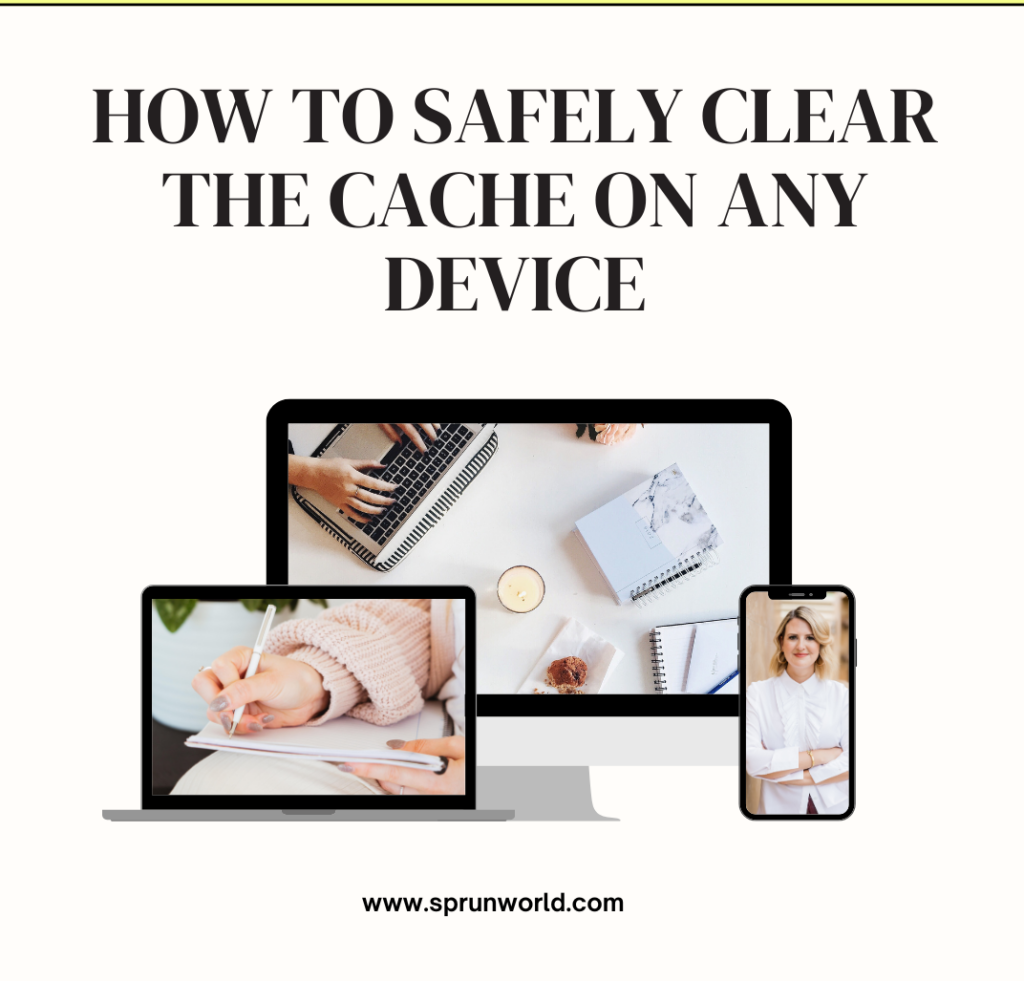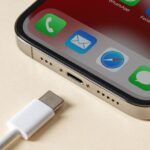Eliminating apps hogging valuable phone space is usually a good idea, especially if such apps are potentially spying on you. It’s not enough to just press the “delete” button for certain apps, though. Even after you may have removed an app from your smartphone, its leftovers may still be there and pose a risk to security or even cause other problems.

Senior vulnerability control specialist Jean Vixamar of Tampa, Florida, states, “The biggest misunderstanding is that once an application is deleted, the relationship with the application and the company that owns it is severed.” That’s not at all how things actually work. Your casually ticked off terms and conditions are important.
SEE ALSO: 10 Apple CarPlay Tips That Every Driver Should Know
Generally speaking, you’ve granted them complete freedom to use your data anyway they see fit—as long as they stay within the bounds of the applicable laws, of course.”
Fortunately, there is a means to guarantee that an app is completely deleted while maintaining the security of your personal data. Here’s what you should know when removing an app to safeguard your phone and data.
Convenience has a price.
Many of us use multiple apps on a daily basis, seamlessly incorporating them into our daily schedules without really thinking about it. They can definitely simplify our lives and save us a significant amount of time. Yet there may be a drawback to this convenience.
According to Steve Tcherchian, Chief Information Security Executive at cybersecurity analytics firm XYPRO, “applications are everywhere.” “We use them for banking, ordering takeout, getting a taxi, shopping, heating our home, and even monitoring our kids. However, for apps to be useful, our data must be shared with them. This typically refers to incredibly private information regarding us and our life.”
SEE ALSO: Best Cool Gadgets gifts nobody will think of
We entrust our data with the app developer in the hopes that they will protect it, but that isn’t always the case. Many apps neglect to implement security features like encryption, which exposes our personal data to hackers and other criminals.
In fact, according to the 2021 edition of Verizon’s Data Breach Investigations Report, Tcherchian notes, apps rank as the primary attack vector in the majority of data breaches. Just so you know, there are more reasons why you should be concerned about data theft from smartphone apps.
Why uninstalling apps can be difficult
It turns out that when you remove an app, your data doesn’t just vanish. Apps are frequently a part of a complex network of linked devices, services, and websites that collect and exchange your personal data—probably without you even seeing it.Tcherchian suggests “thinking about a dating app, for example.” “These are usually linked with a Facebook account, which gives the app access to your friend list, photos, and other personal data that is available on Facebook. Presume the application developer has access to anything on your Facebook profile with your consent.”
SEE ALSO: Some Really Cool And Must Have Gadgets
Tcherchian warns users not to rely on the protection of their personal data when using apps. “Most applications are terribly unreliable, and developers fail to follow security best practices when building an application,” he states. “Functionality, not security, is the design goal of applications. Security is hard and takes time, which frequently causes delays in the introduction of new products and in activities that generate income. Presume that the application is not securely protecting your data.
The proper method for fully uninstalling a program
Make sure an app is completely removed from your cell phone alongside all other accounts by following a few steps. Before removing an app, Identity Theft Resource Center Chief Operating Officer James E. Lee suggests doing the following:
- Delete all of your data from the app first. You can usually find an option to delete saved data under menu headings like “privacy,” “account settings,” or “security,” Lee explains, however the specifics for deleting data vary depending on the program. Proceed with the instructions to eliminate saved history or account information from the application.
- If at all possible, you should also use a web browser to access your account. Occasionally, the desktop edition of the program will offer more settings. “Mobile apps are often slim versions of a full-featured app you use on the internet or your desktop,” Lee says. “So, it’s an excellent plan to log into the application using a web browser in order to be sure you didn’t miss any extra settings that might not be accessible in the smartphone version of an app.”
- If you have enabled any Google or Facebook integrations, you can unlink or revoke them by heading to the settings page of the app, selecting the “linked accounts” choice, and deleting the desired app or link. Alternatively, integrations can be deleted via the associated account. To erase data that you no longer need, simply sign in to the associated account, check the settings to see which applications they communicate information with, and then sign out. Lee advises using the associated account’s contact page or chat feature if you have any questions and visiting it for precise instructions.
- Lee suggests contacting the customer support team of an app and demanding in writing that the information be totally wiped if you are unable to discover any instructions about doing so on the app. Take these recommendations from folks who have never been hacked for extra advice on smartphone security.
SEE ALSO: Best Business Apps For iPhone To Run Your Business In Smart Way
Applications to stay away from
Some apps cause more problems than others. Security professionals would never install these apps on their phones, so it’s best to delete them right away. Better yet, don’t install them at all. “There are plenty of apps which are highly hazardous from a privacy and security perspective,” Vixamar states. Any app that asks for access to your files, camera, microphone, photographs, or any other combination of these should be avoided. You must consider if you actually need this app or whether it really needs all of this access. In general, ensure that you know how to identify whether your phone was recently hacked and be aware of these warning flags before clicking the “download” button.







